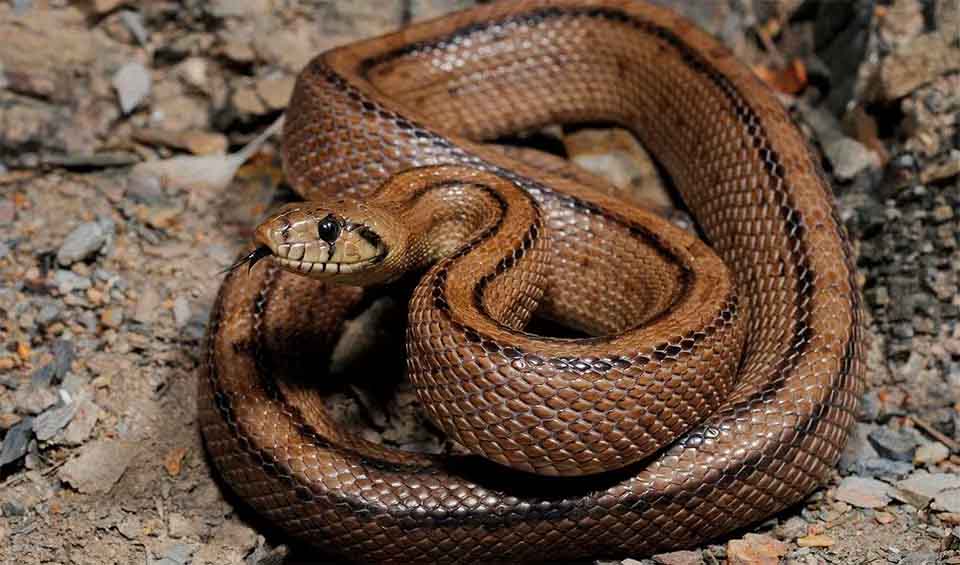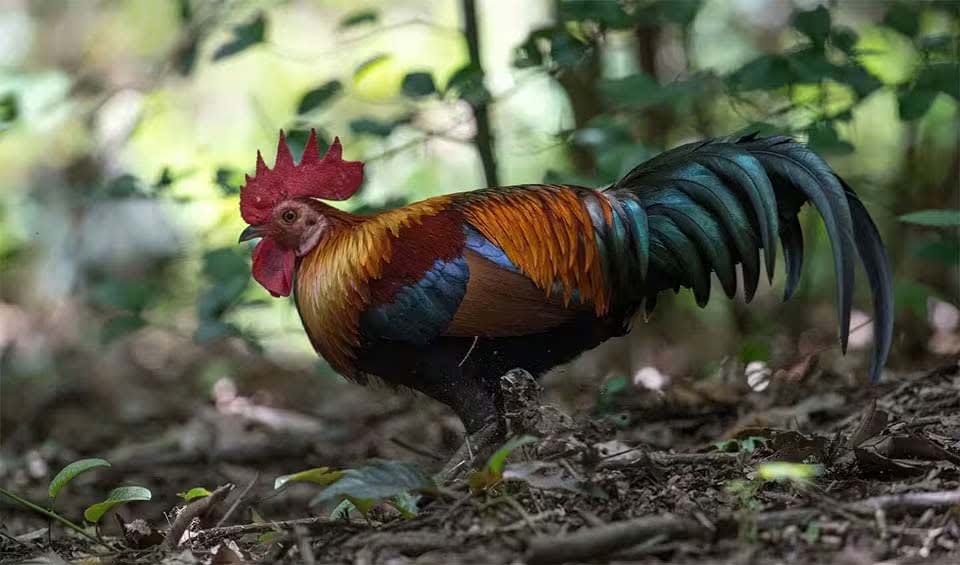France is celebrated for its splendid biodiversity and picturesque landscapes, which range from the Alpine heights of Mont Blanc to the verdant vineyards of Bordeaux and the rugged coastlines of Brittany. The country’s varied environments are sanctuaries for an array of wildlife, including the charismatic lynx, the regal golden eagle, and the elusive European wolf, as well as a myriad of unique plant species and a rich tapestry of marine life along its Mediterranean and Atlantic shores.
Acknowledging the invaluable legacy of these natural resources, France has been at the forefront of ecological conservation. The nation has forged a comprehensive network of protected areas, including national parks, nature reserves, and Natura 2000 sites, in a collaborative effort with local communities and international conservation entities. These protected zones encompass a significant portion of French territory, underlining a commitment to safeguarding biodiversity, fostering sustainable development, and nurturing the deep connection between nature and cultural heritage.
Four pillars elaborated:
France, the largest country in Western Europe, spans approximately 638,000 km² (246,333 mi²) of land and about 371,000 km² (143,244 mi²) of marine areas across the Atlantic and Mediterranean. It shares borders with eight countries and features Mont Blanc, the highest mountain in Western Europe, on its border with Italy. With a population of 67 million and a density of 105.6 people per km², France has a rich diversity of landscapes. It leads the EU in the size of its protected areas, with 153,906 km² (59,423 mi²) on land and 140,053 km² (54,075 mi²) at sea, totaling 6,271 protected sites. These include 4,515 sites protected under national laws and 1,756 as part of the Natura 2000 network, which is divided into 403 Special Protection Areas under the Birds Directive and 1,353 Sites of Community Importance under the Habitats Directive, with many sites recognized under both directives. Land Management
Land Management
In France, like in many other countries, natural environments face significant threats with an estimated 26% of species at risk of extinction. This decline in biodiversity is driven by various factors, including water, soil, and air pollution and the overexploitation of resources, particularly marine resources. Key contributors to habitat loss include land development and intensive farming practices, which not only fragment and destroy natural habitats but also contribute heavily to carbon emissions. Threats to Biodiversity
Threats to Biodiversity
French agriculture, which occupies over half of France’s mainland area, is a major emitter of greenhouse gases and relies heavily on phytosanitary products like glyphosates, known to harm biodiversity. Notably, the use of pesticides, despite a reduction in the most harmful ones, has overall increased by 25% in the last decade, significantly impacting species such as common birds.
France has established over 20% of its mainland territory as protected areas with varying levels of protection, guided by a national strategy to enhance biodiversity conservation. This includes 12.5% of its mainland and significant portions of its marine territories under the Natura 2000 network, with plans to increase high protection areas by 2% over the next decade. The country has seen growth in the registration of both commercial and traditional plant species, maintaining over 30,000 plant varieties in various collections, and recognizing the vulnerability of about a quarter of its agricultural animal varieties. Capacity and Governance
Capacity and Governance
Internationally, France plays a proactive role in biodiversity conservation, participating in global negotiations on access and benefit-sharing regimes, and integrating traditional knowledge into conservation strategies, notably in regions like French Guiana and French Polynesia. Additionally, France combats the trafficking of protected species and manages invasive species, all within the framework of its National Climate Change Adaptation Strategy initiated in 2007.
The French government has updated its goal to cut pesticide usage by 50% by 2025, a delay from the original target of 2019, and aims to designate 10% of its national territory for stringent protection to prevent the ongoing degradation of wildlife and habitats. This effort is part of a broader initiative to combat biodiversity loss, encapsulated in a new biodiversity strategy that includes 40 measures and 200 actions, although decisions on certain aspects like pesticides and agriculture are still pending. Future Trends
Future Trends
Additionally, to safeguard marine biodiversity, France has been proactive in establishing and managing marine protected areas since 2007, creating 546 marine protected areas, including nine marine natural parks, across its metropolitan and overseas waters. These areas are dedicated to achieving long-term conservation objectives.
Biodiversity
France, with its diverse landscapes and climates, boasts an exceptionally rich biodiversity, spanning from the northern plains to the Mediterranean coast and the high peaks of the Alps and Pyrenees. The country is home to a variety of ecosystems, including forests, wetlands, grasslands, and coastal areas, each supporting a unique array of flora and fauna. The French Alps and Pyrenees are particularly notable for their high-altitude biodiversity, hosting species such as the alpine ibex, and chamois. These mountainous regions are also rich in endemic plant species that thrive in specific climatic conditions.The forests of France, which cover approximately a third of the country, are another crucial habitat. They range from the temperate broadleaf forests of Normandy to the Mediterranean woodlands of Provence, supporting species like roe deer, wild boar, and a wide variety of birdlife, including the black woodpecker and the European honey buzzard. The extensive river systems, including the Loire, Rhône, and Seine, along with numerous wetlands like the Camargue, provide critical habitats for fish, amphibians, and birds such as flamingos, herons, and egrets.
In the table below are the number of known species in several main groups, how many of these species are Threatened with extinction, and how many of them are Endemic (unique to France only):
| Species (World rank) |
Threatened | % Threatened | Endemic | % Endemic | |
|---|---|---|---|---|---|
| Mammals | 139 (#83) | 9 | 6.5% | 1 | 0.7% |
| Birds | 359 (#98) | 19 | 5.3% | 1 | 0.3% |
| Reptiles | 53 (#120) | 5 | 9.4% | ||
| Amphibians | 42 (#67) | 2 | 4.8% | 3 | 7.1% |
| Fishes | 806 (#70) | 80 | 9.9% | 4 | 0.5% |
| Plants | 8,089 (#39) | 47 | 0.6% | 1,249 | 15.4% |
mammals
European mink
Their webbed feet act like tiny paddles, propelling them through the water with surprising speed and agility
Eurasian lynx
Once widespread throughout most of Europe, by now extinct in most of Western and Central Europe
Eurasian beaver
The furry flat-tailed mammal that builds its own aquatic empire
birds
Common pochard
Can dive down to the bottom of a lake and rest there, safe from predators!
Common pheasant
One of the most hunted, widespread, ancient, and well-known game birds
European roller
Loves trees! Only member of its family breeding in Europe
reptiles
Kemps ridley sea turtle
Meet the smallest and rarest sea turtle in the world
Ladder snake
Doesn’t have venom, so you don’t need to worry about it if you see one
Slow worm
You might mistake them for snakes, but they are merely legless lizards
amphibians
Common parsley frog
Green amphibian that’s really good at hiding, usually no bigger than your hand
Marbled newt
When winter comes, they bury themselves in the mud and basically freeze solid!
Moor frog
Male undergo a striking transformation during a short breeding window, displaying a vibrant blue color
National Animals
Red junglefowl
Native to Asia where they were first domesticated, the ancestors to all our chickens
Mountain hare
Can switch from winter white to summer grey – truly a nature’s savvy survivors!


















